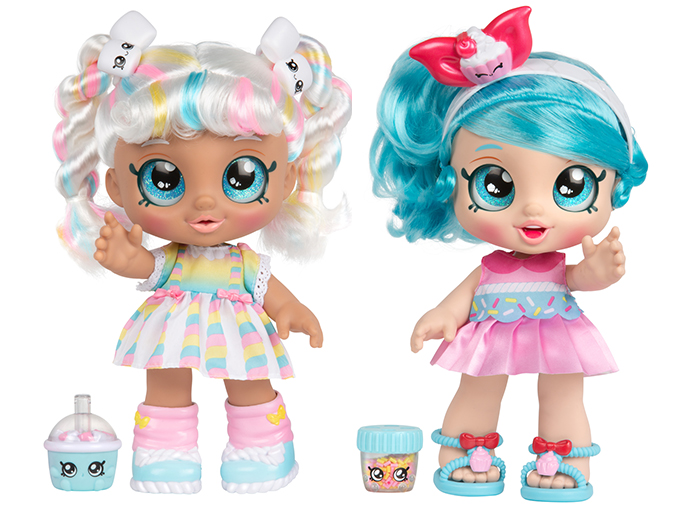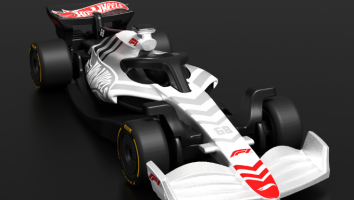The holiday season is approaching, which means sleigh bells are ringing, halls are being decked and parents are preparing for end-of-year shopping. And those trying to repress the traumatic memories associated with brutal Black Friday fights are in luck—there is no hit toy for the 2019 holiday season.
Usually, by now, the top consumer product has stepped into the spotlight. Spin Master cracked open a full-blown toy craze in 2016 with its Hatchimals brand. In 2017, WowWee’s Fingerlings proved to have the magic touch. And even though the brand had been around for a full year, L.O.L. Surprise! became a phenomenon in 2018.
But this year, nothing seems to be seizing kids’ attention in quite the same way.
“There’s no real breakout toy this year in terms of play pattern or technology,” says Chris Byrne, president of New York’s Byrne Communications. “That’s not to say there aren’t a lot of great toys, but there’s nothing that’s captured the imagination.”
Rob Corney, group managing director of London-based Bulldog Licensing, believes several factors contributed to the lack of a top toy in 2019. Brexit (or the lack thereof) has led to uncertainty in Europe, while ongoing concerns around tariffs have toycos like Hasbro issuing warnings that a potential trade war between the US and China will increase the price of products and harm sales.
“There’s also a lot of superhero fatigue out there at the minute,” Corney says. “That’s a market that has been milked since Disney bought Marvel. There’s fatigue not only of the product but also the content. If you look at it from the point of view of responsibility in terms of growth of market, what Disney has done is flatten opportunity overall for themselves and everybody else by flooding content onto the market.”
But even under the shadow of so many caped crusaders (and all of their related consumer products), Corney and Byrne believe brands like Frozen (thanks to the upcoming sequel hitting theatres on November 22) and Moose Toys’ Kindi Kids (pictured) will have successful holiday seasons.
Moose Toys launched the preschool doll property—which features glittering eyes, colorful hair and interactive accessories—in February. The Australian toyco appointed The Licensing Shop to develop Kindi Kids’ licensing program in the US and Canada, with the first range of products (including apparel, accessories, stationery, publishing and drinkware) set to hit shelves in time for back-to-school 2020.
And though Kindi Kids is a new brand seeing significant success, toycos are likely to continue to focus on tried-and-true IPs into the next fiscal year.
“This has been a very dramatic year for the toy industry and I think people are nervous,” Byrne says. “People are reticent to invest heavily in something that’s a big risk. But the good news is that the audience is new. As kids age up into specific categories, they don’t know if something was introduced [two weeks ago or two years ago]. They just know that something is cool and they want it. It’s an adult construct that something needs to be new this year.”
Byrne points to MGA Entertainment’s collectibles brand L.O.L. Surprise! as a successful example of being new enough. Because each range includes a few new features, they feel unique without requiring the toymaker to reinvent the wheel.
For Corney, though, new enough might not be good enough.
“Innovation is what we, as an industry, need to be driving,” he says. “It’s not good enough for buying teams in retail to simply buy the same thing all their rivals are buying, because you’re not going to sell unless it’s cheaper. You end up, inevitably, driving a price competition, and I think a skewed playing field beat innovation out of the industry. The market is a strange place at the minute.”























